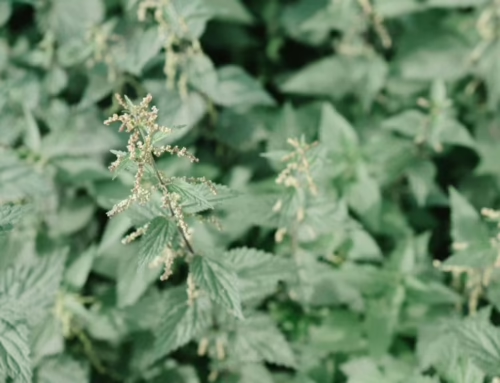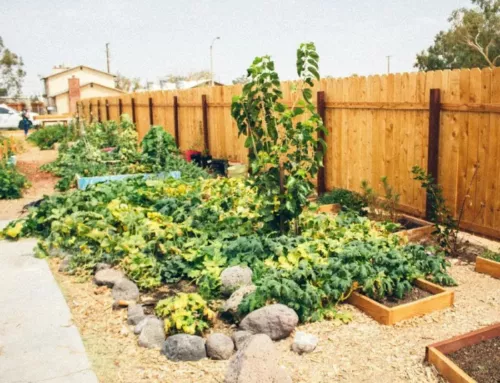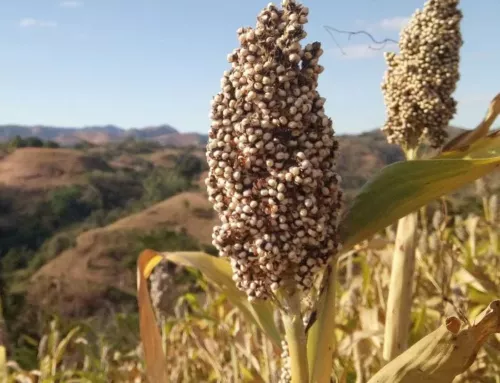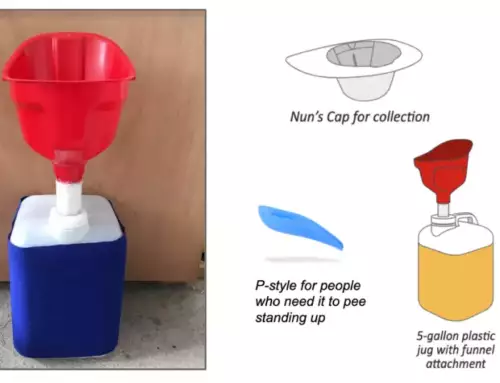By Christy Bassett, Homesteader
Listen to this article read by the author here:
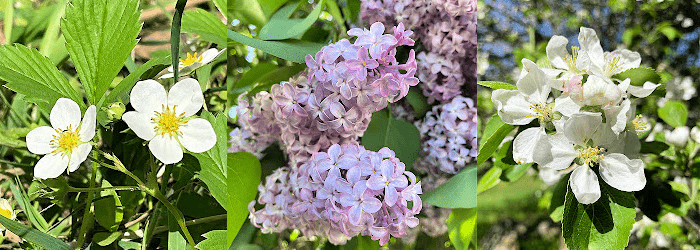
The arrival of warm weather in May brings out blooms in full force. If you’re just waking up to find spring’s full array of botanical beauty (like I am), then consider joining Mother Nature in welcoming the rebirth of life by bringing some of the floral fireworks into your kitchen. You, your family and your friends won’t be able to resist feeling the brightness that a few edible flowers bring to your table.
The flowers recommended in these recipes are interchangeable and there are many more possibilities that you could experiment with. Check out this solid starter list of edible flowers from Healthy Green Kitchen for recommendations. And be sure to cross reference a toxic flowers list if you’re not sure if flowers are safe for consumption. Here’s Wikipedia’s compilation of poisonous flowers.
Apple Blossom Ice Cubes
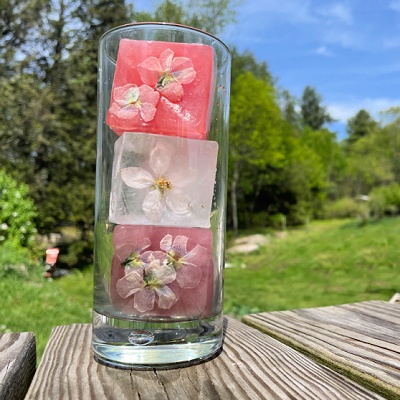
Top to bottom: White violets in strawberry infused water, apple blossoms in plain water, white violets in blueberry infused water.
Yep, it’s as simple as it sounds, but the effect of suspended floral décor in liquid is magical. While apple blossoms don’t add much flavor to your beverage, they are perfect for adding a special touch to outdoor meals.
Pick blooms mid-morning on a sunny day to ensure that flowers are fully open. Apple blossoms are notoriously fragile though, so remove from the branch from behind with care. Dunk them in cool water to remove loose pollen, dust or insects. Fill an ice cube tray with water and place the rinsed flower on top. The flower will likely remain flat, face up on top of the water, but try to submerge as much of it as possible. Freeze and use in your favorite drink.
Tip: try infusing water with strawberries or blueberries for tinted (and lightly flavored) ice.
Lilac Infused Honey
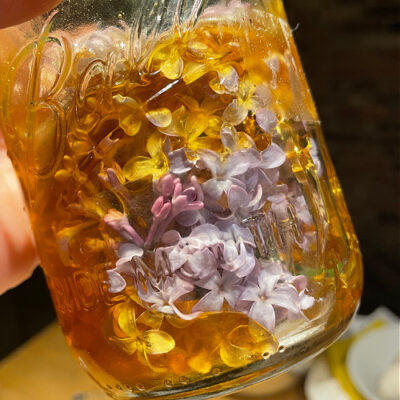
Lilac flowers being covered in raw honey.
Another simple delicacy that preserves the joy of spring for months to come. Lilacs have strong floral notes that are familiar pillars of spring to most Massachusetts residents.
Trim lilac head close to the stem. Some people like to remove the individual flowers from the stem before adding them to the honey, as the stem can add a bitter flavor. But if you want to keep it quick and easy, it’s fine to leave the entire floral head intact. Give the head a good shake to loosen any dead flowers, pollen or insects. (You could also rinse the flowers and then dry them before infusing them, but I find that this causes the flowers to wilt and lose surface area.) Add the lilacs to a clean jar and cover with raw honey. Place the lid on the jar and allow it to rest at room temperature for at least one week. Strain honey through a fine mesh strainer to remove flowers. Store strained honey at room temperature for several months.
Tip: use floral infused honey as a sweetener for lemonade or tea to complement bright flavors.
Strawberry Blossom Maple Lollipops
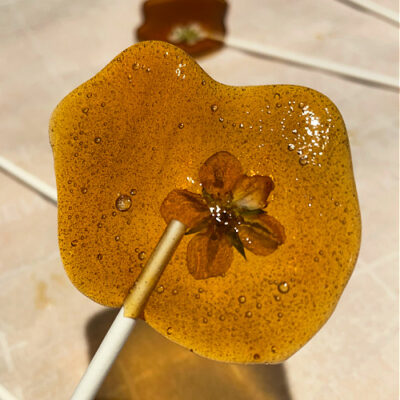
Strawberry blossom maple lollipop.
Similar to floral ice cubes, lollipops add a whimsical spring vibe to get togethers and are a favorite for birthday parties and showers.
Pick strawberry blossoms and remove as much of the stem as possible. Rinse in cool water and lay flat on a sheet of parchment paper, leaving at least a couple of inches between each blossom. Heat maple syrup in a sauce pot to 275 degrees Fahrenheit. (Be sure to use a pot with tall sides, as the boiling syrup will foam up and take up more space than you’d expect.) Once syrup reaches desired temperature, or the hard ball stage, remove from heat and carefully pour about a tablespoon of hot syrup on top of each bloom. Lay the end of a candy stick or popsicle stick to the center of each dollop. Add another tablespoon of syrup over the end of the stick. Allow to cool completely and peel the paper from the lollipop. Wrap individually, or enjoy right away.
Tip: try using real wood twigs from apple trees as popsicle sticks for a purely natural presentation.

